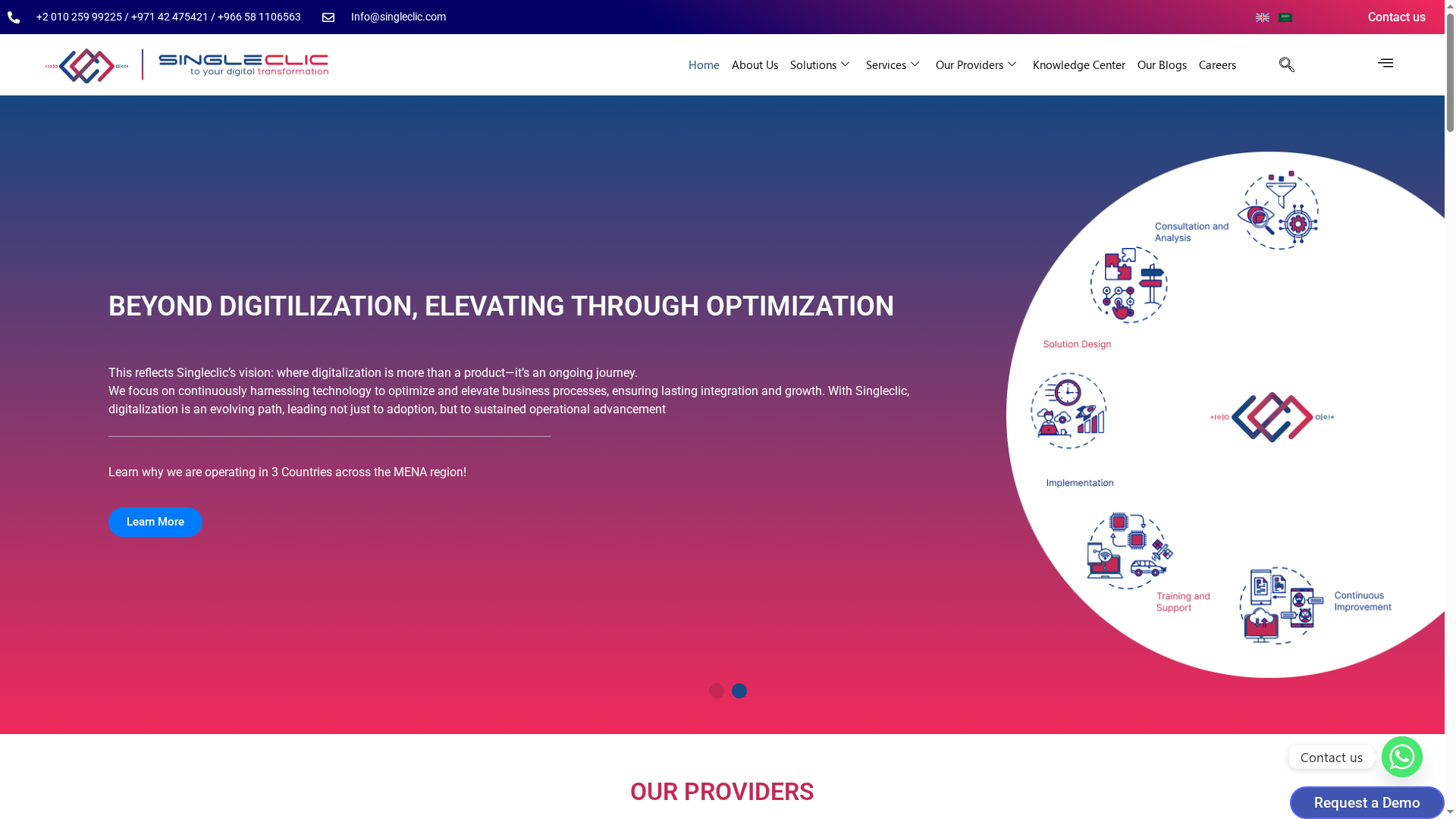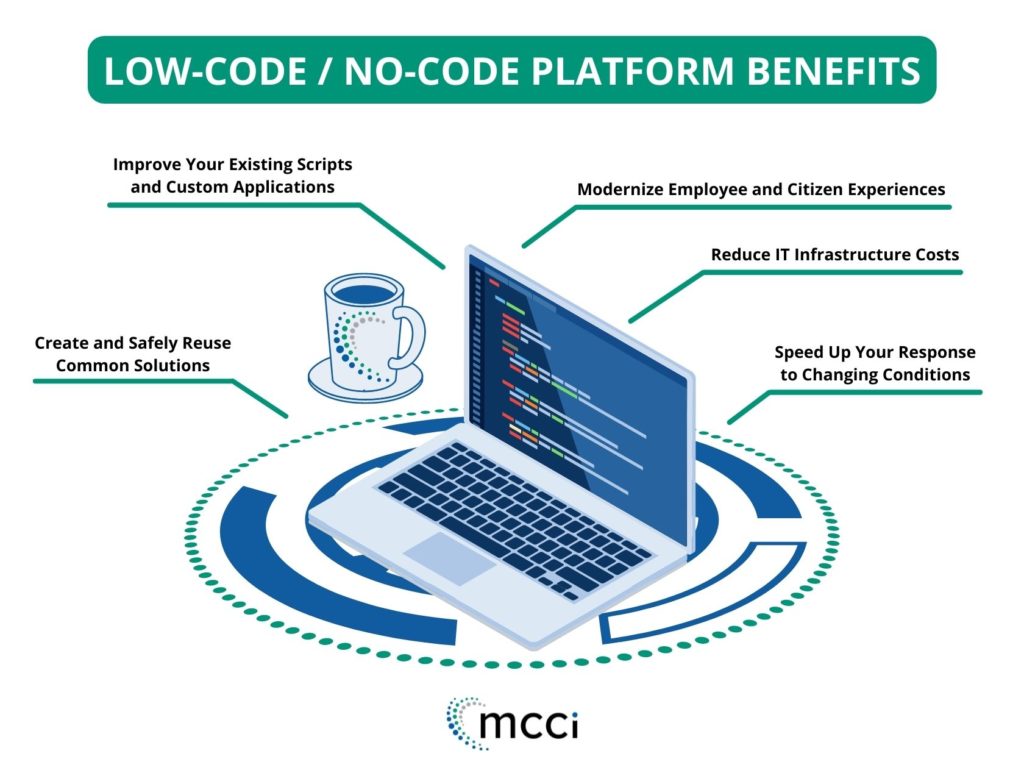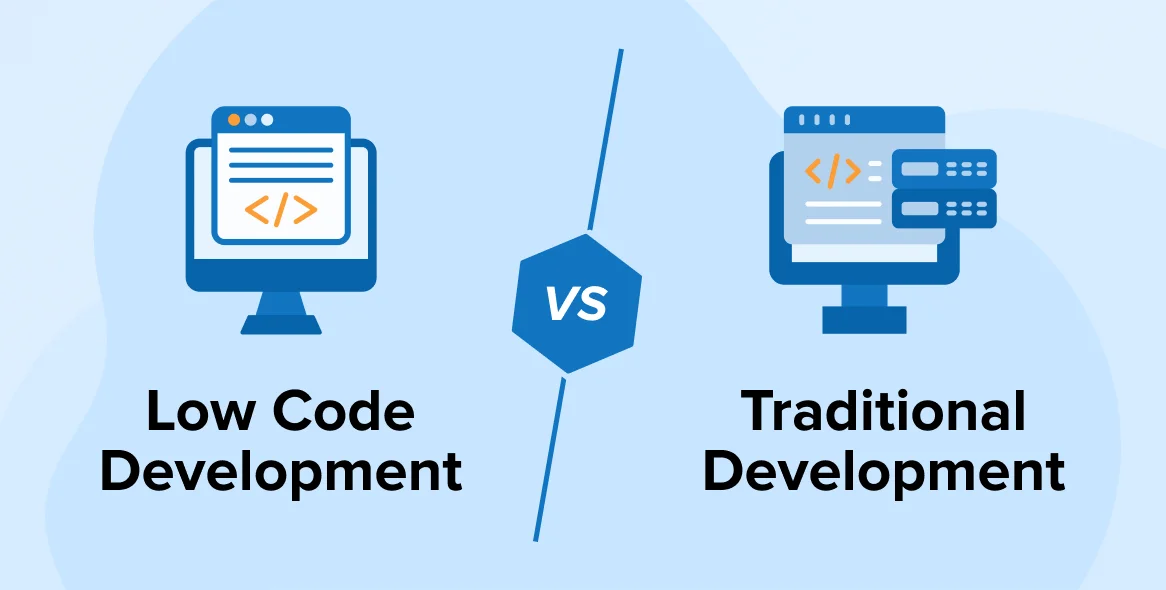Over half of american organizations struggle to move beyond basic digital tools, missing out on higher efficiency and long term growth. With rapid shifts in technology, many leaders feel pressure to modernize but often miss crucial steps that turn potential into real impact. This guide breaks down a proven process for assessing operations, setting clear goals, and rolling out digital systems that actually work—giving your enterprise the lasting edge it needs.
Table of Contents
- Step 1: Assess Existing Operations And Digital Readiness
- Step 2: Define Digitization Goals And Select Technologies
- Step 3: Design Automated Workflows And Integrations
- Step 4: Implement Solutions With Robust Change Management
- Step 5: Validate, Monitor, And Optimize Digitized Operations
Quick Summary
| Key Insight | Explanation |
|---|---|
| 1. Assess Current Operations | Map out technological strengths and weaknesses for informed decisions. Conduct audits and gather data for effective evaluation. |
| 2. Set Clear Digitization Goals | Define measurable outcomes that align with organizational objectives. Goals should focus on operational efficiency and customer experience. |
| 3. Embrace Automated Workflows | Identify repetitive tasks for automation to improve efficiency. Utilize low-code platforms to facilitate rapid development and integration. |
| 4. Implement Change Management | Ensure successful technology adoption by addressing cultural and educational aspects. Provide training and foster open communication. |
| 5. Monitor and Optimize Processes | Develop performance metrics for ongoing improvement. Utilize analytics to adapt operations and resolve issues promptly. |
Step 1: Assess Existing Operations and Digital Readiness
Understanding your current operational landscape is the critical first step in transforming enterprise digital capabilities. By conducting a comprehensive assessment, you will map out your organization’s technological strengths and potential improvement areas.
According to research from arxiv, organizations can leverage maturity models to systematically identify operational issues and guide strategic improvements. When evaluating digital readiness, focus on several key dimensions: technological infrastructure, process complexity, workforce digital skills, and technological integration potential. Start by creating a detailed inventory of existing systems, documenting current workflows, and analyzing technological capabilities across different departments.
The Digital Strategy Guide suggests developing a structured evaluation framework that includes:
- Current technology stack assessment
- Workflow efficiency mapping
- Skills gap identification
- Integration capability analysis
- Performance bottleneck detection
A practical approach involves conducting interviews with team leaders, performing technical audits, and using standardized digital maturity assessment tools. Pay special attention to potential friction points where manual processes might be hindering operational efficiency. Remember that digital readiness is not just about technology but about creating a adaptable organizational culture prepared for continuous digital transformation.
As you progress through this assessment, you will gain critical insights that will directly inform your digitization strategy and help prioritize technological investments for maximum impact.
Step 2: Define Digitization Goals and Select Technologies
Defining clear digitization goals and selecting the right technological tools are crucial steps in transforming your enterprise operations. This stage determines the strategic direction and technological infrastructure that will support your digital transformation journey.
Research from arxiv suggests developing an integrated framework that connects digital business transformation with data analytics and operational strategies. When defining your digitization goals, focus on creating specific measurable outcomes that align with your broader organizational objectives. These might include improving operational efficiency reducing manual processes enhancing customer experience or creating more data-driven decision-making capabilities.
Your technology selection process should involve a comprehensive evaluation of potential solutions that match your identified goals. Consider technologies that offer:
- Scalability and flexibility
- Seamless integration with existing systems
- Robust data processing capabilities
- Advanced analytics features
- Strong security protocols
In the Saudi Arabian and UAE markets leveraging local low code platforms like Cortex can provide region-specific advantages. Such platforms enable rapid development and deployment of custom solutions tailored to your unique business requirements.
A practical approach involves creating a detailed technology roadmap that outlines implementation stages technological investments required and expected performance metrics. This roadmap will serve as your strategic blueprint guiding your digital transformation efforts and ensuring alignment between technological capabilities and organizational goals.

Step 3: Design Automated Workflows and Integrations
Designing automated workflows and seamless system integrations is a critical step in transforming your enterprise digital capabilities. This phase will help you eliminate manual bottlenecks and create more efficient operational processes across your organization.
Research from arxiv highlights the crucial relationship between digitalization and organizational agility emphasizing that effective information technology capabilities are key to successful workflow automation. When designing automated workflows focus on mapping existing business processes identifying repetitive tasks and selecting technologies that can streamline these operations.
To create robust automated workflows consider the following strategic approach:
- Analyze current process inefficiencies
- Identify tasks suitable for automation
- Select appropriate automated workflow solutions that align with your specific business requirements
- Develop modular and scalable integration strategies
- Implement continuous monitoring and optimization mechanisms
In the Saudi Arabian and UAE markets leveraging low code platforms like Cortex can accelerate workflow design by enabling rapid development and customization. These platforms allow you to create complex workflow integrations without extensive programming knowledge.
A critical aspect of successful workflow design involves ensuring interoperability between different systems and maintaining data integrity throughout the automation process. Your goal is to create a seamless digital ecosystem that enhances operational efficiency reduces human error and provides real time insights into your business processes.
Step 4: Implement Solutions with Robust Change Management
Implementing digital solutions requires more than just technological deployment it demands a comprehensive change management strategy that addresses human factors organizational culture and skill development. This critical phase ensures your digital transformation becomes a sustainable organizational shift.
Research from arxiv underscores the importance of professional development and institutional policies in successful digital innovation. When implementing new technologies focus on creating a holistic approach that combines technical implementation with strategic workforce enablement. This means developing comprehensive training programs addressing potential resistance and creating a supportive environment for technological adoption.
Key strategies for effective change management include:
- Communicate transformation objectives transparently
- Develop targeted digital literacy training programs
- Establish clear performance metrics and expectations
- Create feedback mechanisms for continuous improvement
- Provide ongoing support and resources
In the Saudi Arabian and UAE markets organizations like yours can leverage local low code platforms such as Cortex to facilitate smoother technological transitions. These platforms enable rapid skill development and provide intuitive interfaces that reduce learning barriers for employees.
Successful change management is about creating a cultural mindset that views technological transformation as an opportunity for growth rather than a disruption. By fostering an environment of continuous learning adaptability and open communication you can ensure that your digital solutions are not just implemented but truly embraced by your entire organization.
Step 5: Validate, Monitor, and Optimize Digitized Operations
Validating and continuously monitoring your digitized operations is the final critical phase that ensures your digital transformation delivers sustainable value and ongoing organizational improvement. This step transforms your digital implementation from a one time project into a dynamic strategic capability.
Research from Economics of Digitization highlights how digitization fundamentally impacts organizational performance and market dynamics. When validating your digital operations focus on establishing robust key performance indicators comprehensive monitoring frameworks and adaptive optimization strategies that allow real time insights and continuous enhancement.
Key validation and optimization strategies include:
- Implement advanced analytics dashboards
- Track performance metrics against predefined benchmarks
- Conduct regular system performance audits
- Identify and address operational bottlenecks
- Create iterative improvement processes
In the Saudi Arabian and UAE markets organizations can leverage digital transformation best practices to ensure systematic validation and optimization. Platforms like Cortex provide built in monitoring capabilities that enable businesses to track operational efficiency and make data driven adjustments.
Successful digital operations validation requires a proactive approach that balances technical performance measurement with strategic business outcomes. By embedding continuous learning and adaptation into your operational DNA you transform digital transformation from a project into an ongoing journey of organizational excellence.
Unlock True Operational Efficiency with Singleclic
The article “Operations Digitization Process Streamline Your Enterprise” highlights the critical challenge of moving beyond basic digital readiness toward seamless automation, system integration, and continuous optimization. Many organizations struggle with bottlenecks caused by manual workflows, lack of real-time insights, and fragmented digital strategies. You want to achieve measurable digitization goals that translate into operational agility and data-driven decision making.
Singleclic addresses these exact pain points by combining deep regional expertise with world-class technology solutions tailored for enterprises across KSA, UAE, and Egypt. Our Arabic-enabled low-code platform Cortex empowers your teams to design scalable automated workflows without coding, ensuring rapid deployment, seamless integration, and real-time process optimization. Backed by our proven ERP and CRM implementations and advanced AI-driven tools, we help you transform your digital strategy into tangible business outcomes.
Start your journey toward streamlined enterprise operations today with Singleclic. Discover how our Business Process Automation solutions bring your digitization goals to life while our experts guide you through smooth implementation and ongoing optimization.

Ready to elevate your operations from digitalization to true optimization Take advantage of Singleclic’s regional leadership and innovative platforms now. Visit us at Singleclic to unlock your enterprise’s full digital potential.
Frequently Asked Questions
What are the first steps to assess my organization’s digital readiness?
Begin by conducting a comprehensive assessment of your existing operations. Create a detailed inventory of your current systems, document workflows, and analyze your technological capabilities across departments within the next 30 days.
How can I define clear digitization goals for my enterprise?
To define clear digitization goals, focus on creating specific and measurable outcomes that align with your broader organizational objectives. Establish goals such as reducing manual processes by 30% or enhancing customer experience within a set timeframe.
What is the best approach to design automated workflows?
Start by analyzing your current business processes to identify inefficiencies and tasks suitable for automation. Focus on selecting automated workflow solutions that align with your specific business needs and implement these changes within the next 60 days for impactful results.
How do I implement a successful change management strategy during digitization?
Implement a change management strategy by communicating your transformation objectives clearly and developing targeted training programs. Create a supportive environment that encourages feedback, aiming to achieve a 20% increase in team engagement around new technology within 90 days.
What metrics should I monitor to validate digitized operations?
Establish robust key performance indicators (KPIs) to track the effectiveness of your digitized processes. Monitor metrics like operational efficiency and customer satisfaction regularly to identify improvement areas and adapt your strategies accordingly.
How can I ensure continuous optimization of my digitized operations?
To ensure continuous optimization, embed iterative improvement processes into your operational routines. Utilize real-time data analytics to make informed adjustments and aim for a 15% increase in productivity within your digital operations over the next quarter.
![]()
Recommended
- Business Processes in ERP: Streamlining Operations for Maximum Efficiency | Singleclic
- what are the 4 main areas of digital transformation
- Unlocking Business Growth with Odoo CRM: 6 Key Benefits for CEOs and SMBs | Singleclic
- Digitization vs Digitalization vs Digital Transformation: Understanding the Key Differences | Singleclic









